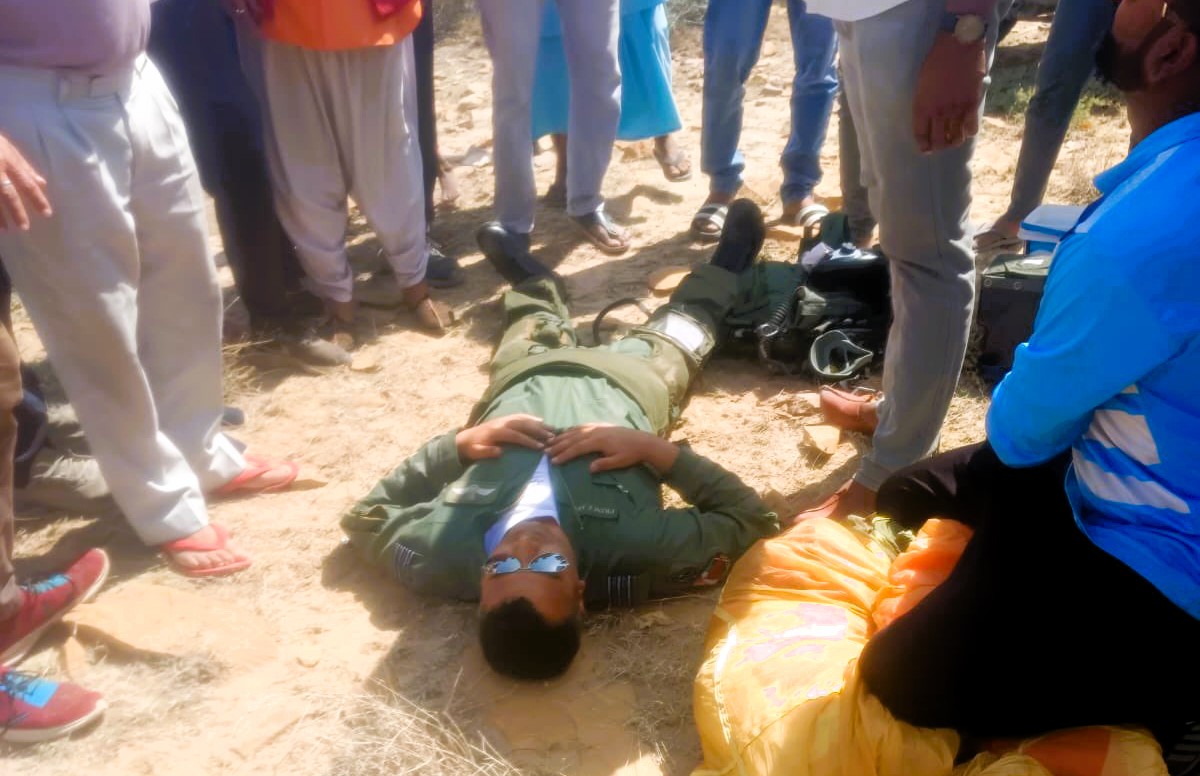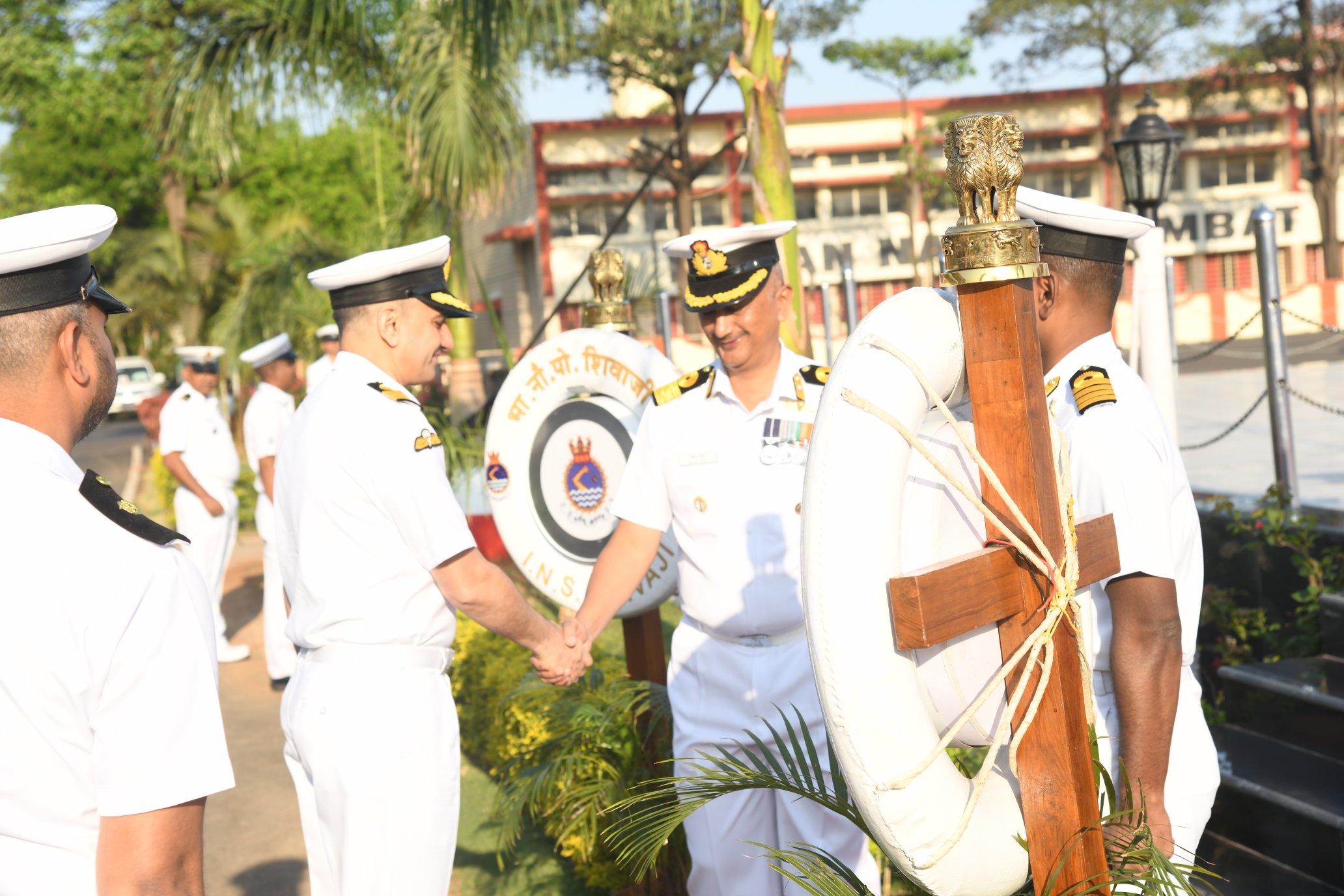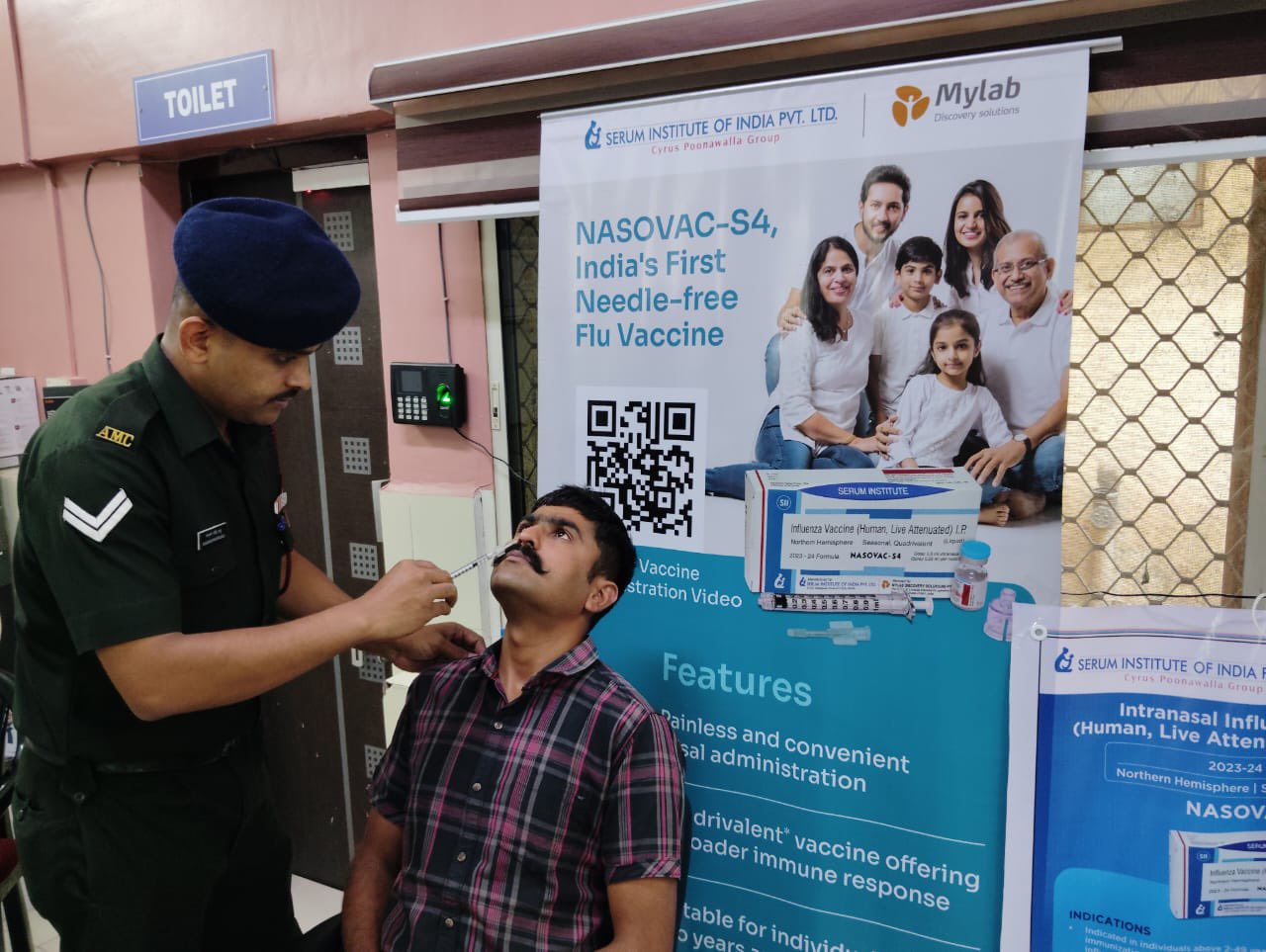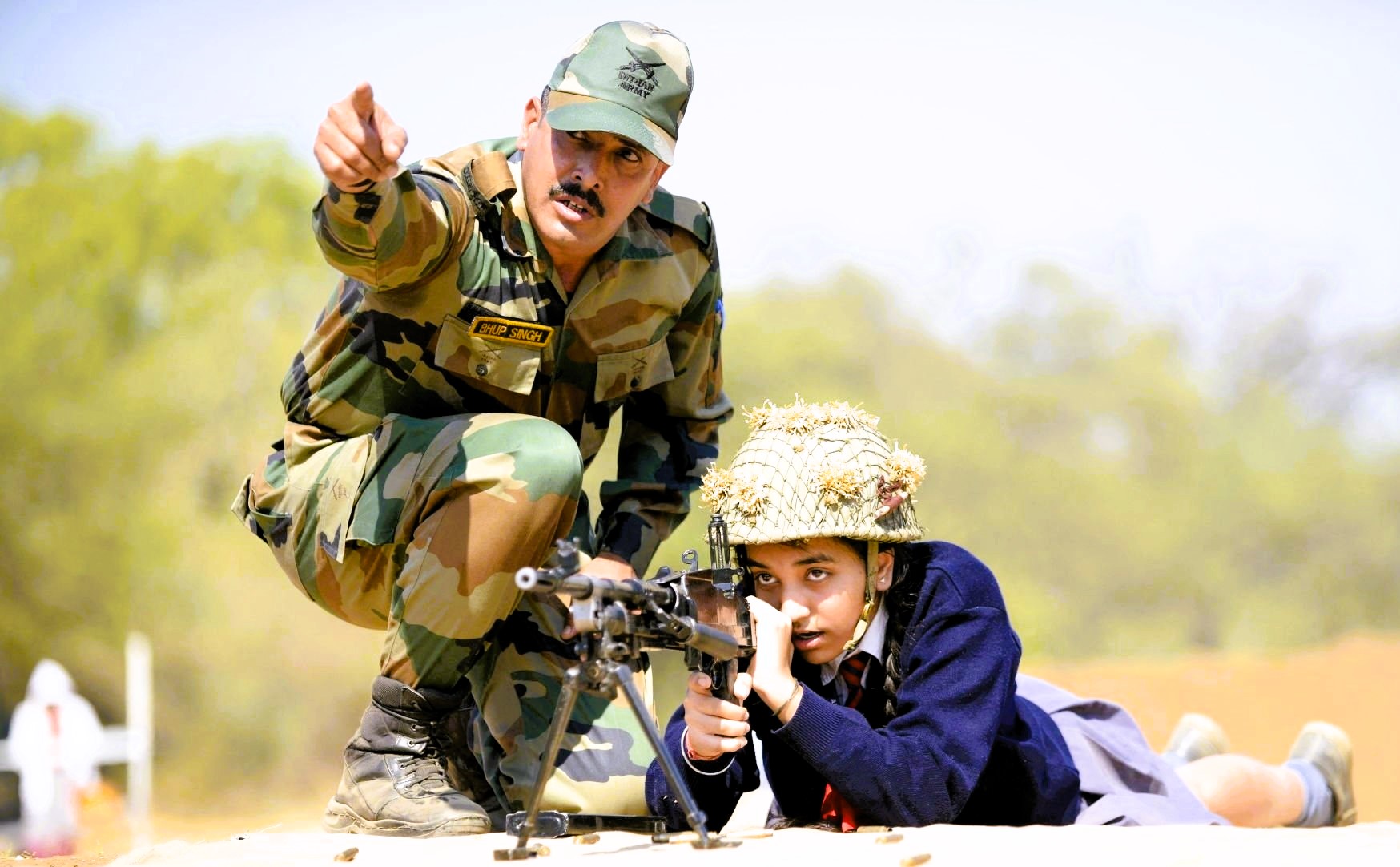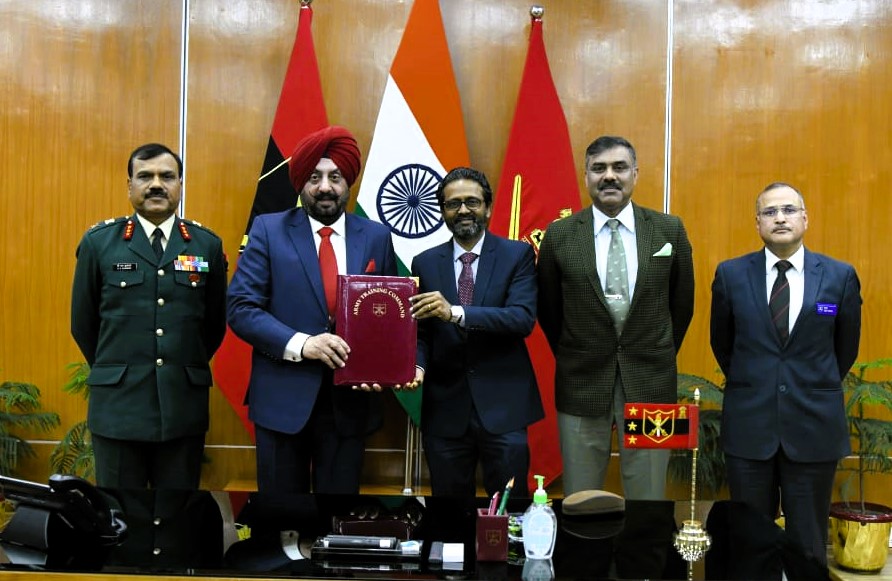Indian Air Force’s Tejas Aircraft Crashed First Time Near Jaisalmer
In an unexpected event today, the Indian Air Force's Light Combat Aircraft (LCA) Tejas was involved in an accident near…
Indian Air Force Tejas Fighter Jet Crashed In Jaisalmer
Update: Today, a Tejas Light Combat Aircraft from the Indian Air Force met with an accident near Jaisalmer during a…
Commander Sameer Chaudhry Takes Command of INS Shivaji
In a momentous ceremony held on March 11, 2024, at Lonavala, Commodore Sameer Chaudhry assumed the responsibilities of Commanding Officer…
AICTS Pune Rolls Out Nasal Flu Vaccination Drive for Indian Army
In a proactive move aimed at promoting optimal respiratory health among soldiers and their families, the Department of Respiratory Medicine…
Indian Army to Establish Two Sports Companies for Training Young Girls
In a significant move towards women empowerment and showcasing Nari Shakti (woman power), the Indian Army has announced the establishment…
Indian Army Partners with MDI Gurugram to Enhance Leadership Skills of Junior Leaders
In a significant move to empower junior leaders within the Indian Army, the Army Training Command, based in Shimla, has…


